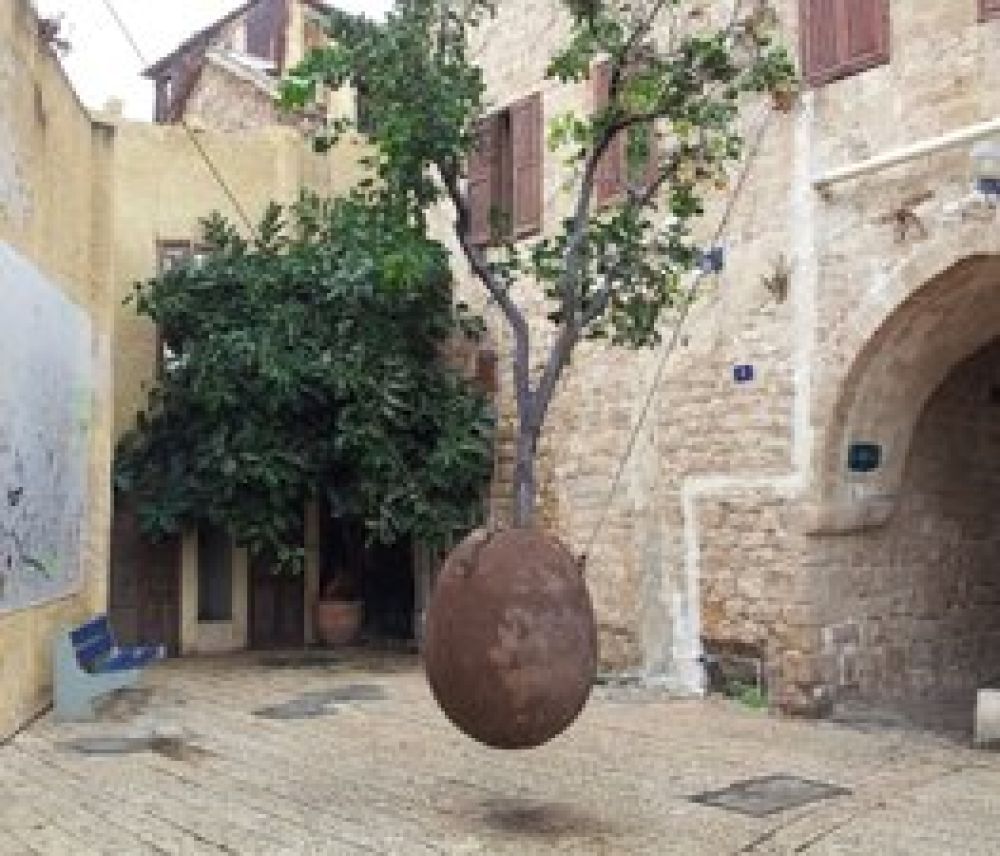

Steeped in antiquity, the vibrant city of Jaffa, now part of modern Tel Aviv, is one of the oldest port cities in the world. With a history that spans over 3,000 years, Jaffa—also known as Yafo in Hebrew—has been a crossroad of civilizations, each leaving a unique mark on its diverse cultural tapestry. As a historical nexus connecting Europe, Africa, and Asia, Jaffa has always played a central role in the development of tourism in the region.
The tourism history in Jaffa has been shaped by its strategic location and historic significance. It has been a magnet for traders, pilgrims, and explorers throughout the centuries. In the 19th century, with the rise of religious tourism, Jaffa became a key entry point for Christian pilgrims visiting the Holy Land. This surge laid the groundwork for a burgeoning hospitality industry, with the development of hotels, restaurants, and local services catering to international visitors.
As the 20th century progressed, Jaffa evolved to embrace more secular tourism as well, highlighting its rich archaeological sites, quaint streets, and vibrant markets. The restoration of Old Jaffa and the development of the Jaffa Port into a leisure district further reinforced its attractiveness to tourists.
In the 1990s, an art installation titled the "Suspended Orange Tree" was created by artist Ran Morin. This striking sculpture features an orange tree suspended in midair, its roots encased in a pot, symbolizing Jaffa's historical attachment to orange cultivation—a trade that once dominated its economy—and its suspension represents the delicate balance of nature and culture. The tree quickly became an icon of the city and a popular tourist attraction, representing Jaffa's resilience and coexistence of different cultures, religions, and traditions.
In recent years, Jaffa has seen a trend towards more immersive and sustainable tourism experiences. Visitors are increasingly seeking authentic encounters, such as guided walks through the old city, tasting sessions with local foods, or workshops with local artisans. Boutique accommodations have also risen in popularity, providing guests with intimate settings and personalized services.
Eco-tourism initiatives and community-based tourism have also started to gain traction, with travelers more aware of their environmental footprint and eager to support local economies. Meanwhile, the digital revolution has affected Jaffa tourism as well, with online platforms offering virtual tours and experiences that showcase the city’s history and culture to those unable to visit in person.
In conclusion, as a fusion of ancient heritage and artistic innovation, Jaffa’s tourism scene continues to flourish. The Suspended Orange Tree stands not just as a piece of contemporary art, but as a beacon that draws and mesmerizes visitors from around the globe, encapsulating the essence of Jaffa's past, present and future.